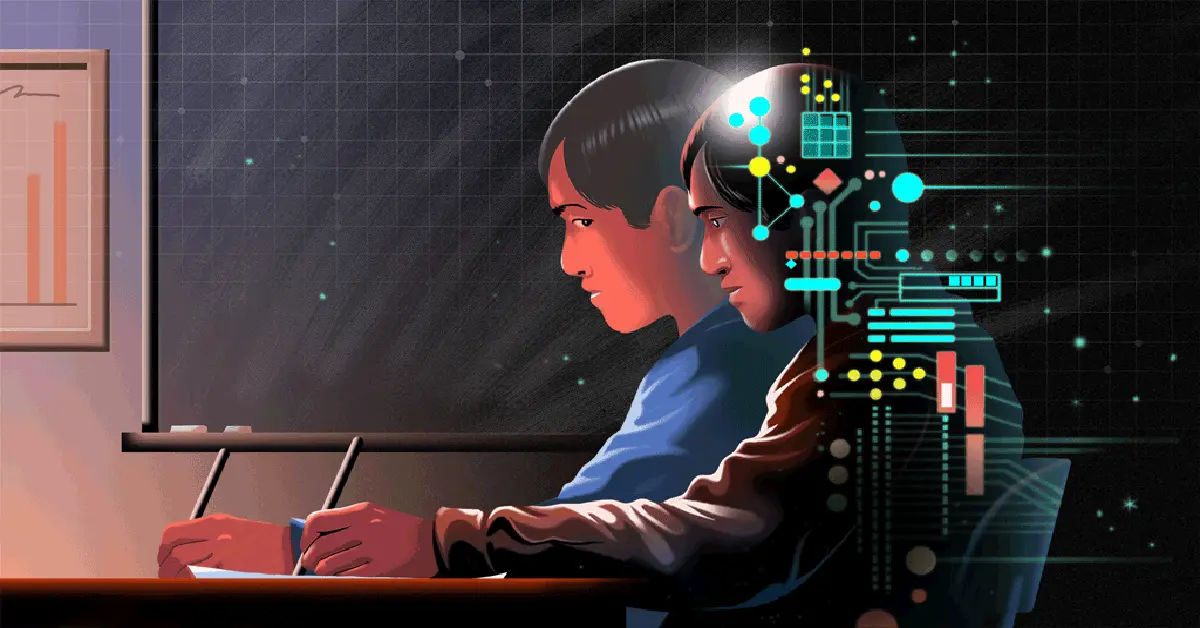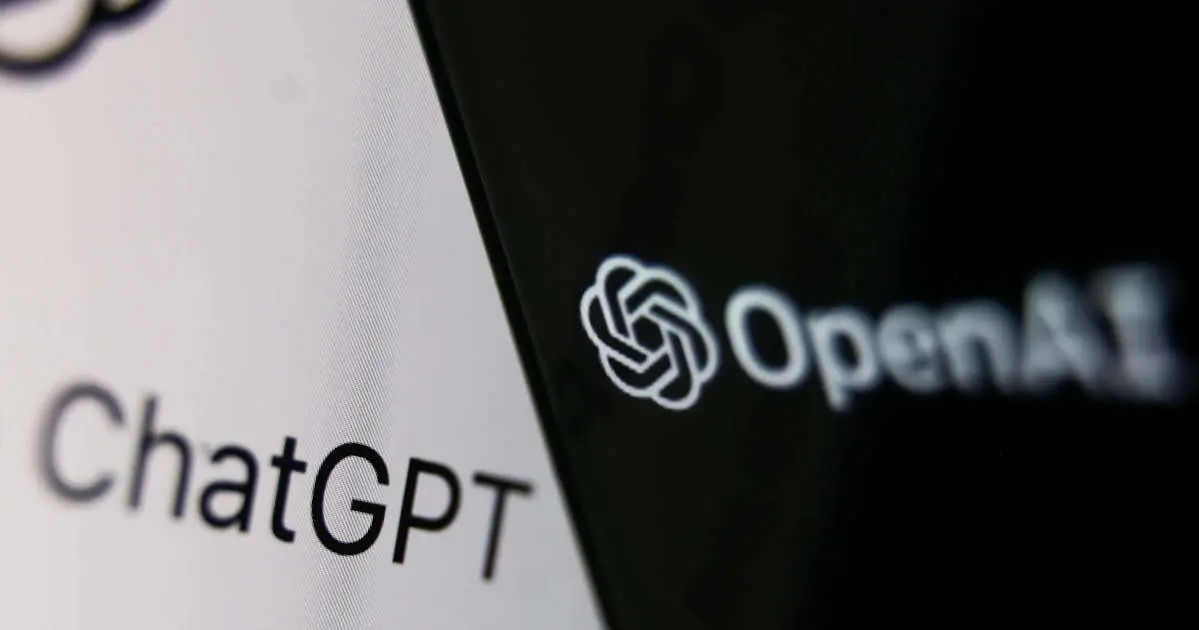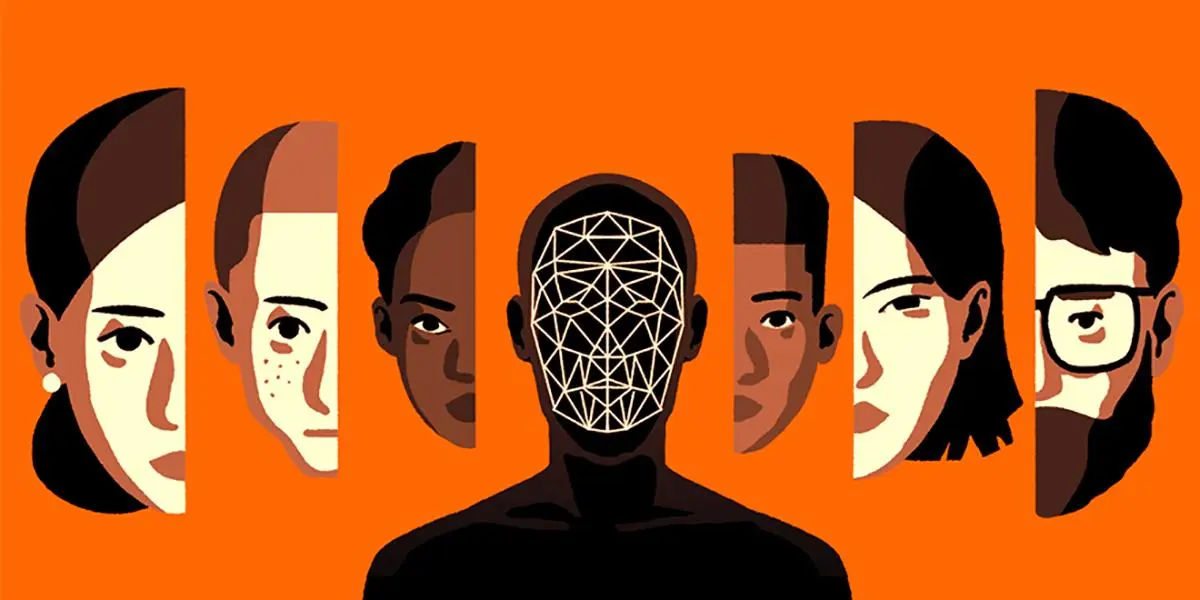How AI Works: Why We’re Not Ready for ChatGPT

Artificial Intelligence (AI) is quickly becoming a staple in our digital lives, with ChatGPT at the forefront of this evolution. But as impressive as ChatGPT seems, are we truly prepared to rely on it? Many users believe that ChatGPT and similar tools represent fully autonomous, intelligent systems. Yet, these systems have limitations that prevent them from being truly reliable or even safe for all applications.
The popularity of ChatGPT highlights a fundamental misunderstanding: ChatGPT doesn’t “think” like a human. Instead, it generates responses based on vast patterns of words, offering coherent and often impressive answers. However, ChatGPT lacks true reasoning abilities and sometimes provides information that, although plausible, is incorrect. This often leaves users overestimating the technology's abilities, creating a potential for misuse and misinformation.
In this article, we’ll explore the current limitations of AI models like ChatGPT. We’ll break down why they aren’t equipped to replace human judgment and knowledge yet and how their design limits what they can accomplish. We’ll then examine how improvements could be made to enhance reliability and usability, enabling us to embrace AI safely and responsibly.
- Understanding ChatGPT: A Predictive Model, Not a Reasoning System
- The Training Process of ChatGPT: Pre-Training and Fine-Tuning
- Why Prediction Isn’t Reasoning
- Bias in ChatGPT: Reflecting Societal Patterns
- Explainability and the Black Box Problem
- The Limitation of Static Knowledge
- Real-Time AI Applications: A Glimpse into the Future
- Solutions: Moving Toward Responsible AI Development
- 1. Enhancing Explainability
- 2. Incorporating Continuous Learning
- 3. Strengthening Bias Mitigation
- 4. Public Awareness and Digital Literacy
- Final Thoughts: The Path to Reliable AI
Understanding ChatGPT: A Predictive Model, Not a Reasoning System

What Does GPT Stand For?
The acronym GPT stands for Generative Pre-trained Transformer. It is a language model designed to produce text by predicting the next word in a sequence based on patterns learned during training. It doesn’t understand context or logic as humans do; rather, it relies on statistical patterns in large datasets to generate its responses.
The Problem with Prediction in Place of Reasoning
The core of ChatGPT’s functionality is prediction, not understanding. While the responses it generates may appear logical, ChatGPT doesn’t truly grasp the meaning of the words or their context. This often leads to responses that sound coherent but lack logical consistency or factual accuracy, a flaw that can have significant consequences.
For example, if you ask ChatGPT, “How many months of the year have 28 days?” it might respond with “February,” when in fact, all months have at least 28 days. This limitation can lead users to mistakenly trust ChatGPT as a source of correct information, which it isn’t always capable of providing.
The Training Process of ChatGPT: Pre-Training and Fine-Tuning

Pre-Training: The Foundation of Pattern Recognition
In the pre-training phase, ChatGPT is fed an enormous amount of text data. This data allows the model to learn patterns, vocabulary, and language structure. Pre-training equips ChatGPT with a basic understanding of how sentences are formed and the types of responses that follow certain prompts. However, it doesn't actually learn facts or logic during this process.
Fine-Tuning: Specializing for Specific Tasks
After pre-training, ChatGPT undergoes fine-tuning on a smaller, curated dataset. This phase adjusts the model to respond better to specific tasks, such as answering questions or generating conversational responses. Fine-tuning provides a degree of specificity but doesn’t transform ChatGPT into a truly logical or reasoning entity. It remains bound to the limitations of prediction.
Why Prediction Isn’t Reasoning
Prediction vs. Reasoning
One of the biggest misconceptions about ChatGPT is that it “reasons” when it produces answers. Prediction involves generating the next word in a sequence based on statistical likelihood, while reasoning requires understanding and logic. When users assume that ChatGPT can reason, they may mistakenly rely on it for decisions that require true judgment and critical thinking.
Note on Adding "Reasoning" to AI Chat GPT o1 However, there are techniques being developed to enhance AI's ability to simulate reasoning, one of which is called Chain-of-Thought (CoT). The idea behind CoT is to guide the AI to break down complex problems into smaller, manageable steps, much like how humans approach logical reasoning. By prompting the AI to "show its work" or "think step by step," researchers have found that it can produce more accurate and seemingly reasoned responses. OpenAI’s latest model, GPT-o1, appears to have incorporated CoT principles, generating responses in a chain-of-thought format to enhance "reasoning" accuracy. Although the exact mechanisms remain undisclosed, GPT-o1 may internally evaluate multiple reasoning chains, selecting the most likely correct answer. While this approach improves performance in tasks like calculations, it’s crucial to remember that CoT is still built on prediction, not true reasoning. As highlighted here, “Prediction is not reasoning” – CoT allows AI to produce responses that resemble human-like reasoning but does not mean the AI is genuinely “thinking” or understanding in the way humans do.
Examples of Non-Reasoning Responses
Here are a few examples where ChatGPT’s lack of reasoning becomes evident:
- Logic Puzzles: Asking ChatGPT, “If there are five sisters and each has one brother, how many children are there in total?” may yield incorrect answers like ten, showing it doesn't grasp the logic of the problem.
- Complex Facts: If asked about volcanoes on Venus, ChatGPT might confidently state there are none, despite factual evidence to the contrary. This demonstrates how it often guesses rather than accurately “knows” facts.
- Mathematical Errors: ChatGPT frequently stumbles over multi-step math problems, as it isn’t equipped to apply logical calculations beyond simple predictions.
If you want to know more about AI and its capabilities, you might want to check out Best free AI tool: for generate text, images, music and videos, which lists free AI tools that can be used for various tasks.
Bias in ChatGPT: Reflecting Societal Patterns

The Nature of Bias in Language Models
Since ChatGPT was trained on large datasets that include human text, it inevitably absorbs biases present in those datasets. As a result, it can inadvertently reproduce or reinforce stereotypes and prejudices, posing ethical challenges for sensitive applications in areas like education, journalism, and customer service.
Mitigating Bias: Current Efforts and Limitations
While some efforts have been made to minimize bias, debiasing is an ongoing challenge. GPT models have incorporated moderation filters to detect and manage potentially harmful or biased language. However, these filters are not foolproof, as demonstrated by the phenomenon of jailbreaking, where users find ways to bypass filters and elicit inappropriate responses.
If you want to make your AI-generated text sound more natural and less robotic, you might want to check out How to humanizer your AI generated text for free.
Explainability and the Black Box Problem
The Opaque Nature of Language Models
ChatGPT operates as a black box, meaning its decision-making processes are largely inaccessible and hard to interpret. This lack of explainability makes it challenging to trust ChatGPT in high-stakes scenarios, where understanding the rationale behind a response is critical. Without transparency, users may find it difficult to gauge the reliability of ChatGPT’s answers.
The Limitation of Static Knowledge
Static Data, Outdated Knowledge
ChatGPT’s knowledge is frozen at the time of its last training update. This means it lacks constant learning abilities, rendering it unable to update its knowledge base as new information becomes available. For real-time or ever-evolving topics, this static nature limits its utility and accuracy.
Note on New Search Capabilities in ChatGPT To address the limitations of static knowledge, ChatGPT has introduced live search capabilities in certain versions, allowing it to access the internet for real-time information on user queries. With this feature, ChatGPT can fetch up-to-date information, providing responses that reflect recent events, scientific advancements, and breaking news. This new search functionality can improve accuracy for real-time queries, particularly on evolving topics that require the latest data.However, it’s essential to remember that while this feature expands ChatGPT's information retrieval abilities, it doesn't equate to constant learning. The model still lacks the ability to integrate new information directly into its core knowledge base and instead relies on live searches only when specifically enabled or necessary for a response.
Real-Time AI Applications: A Glimpse into the Future

While ChatGPT faces limitations in its current form, there are already examples of real-time AI applications pushing the boundaries of what is possible. For example, a version of Minecraft that uses next-frame prediction showcases how AI can generate content dynamically. This model, named Oasis, was trained specifically for this purpose, demonstrating the potential for AI to become more responsive and adaptive.
Solutions: Moving Toward Responsible AI Development
1. Enhancing Explainability
Improving explainability is essential for fostering trust in language models. By developing methods to make AI decisions more transparent, users can better assess the reliability of responses. This would be particularly valuable for applications where accountability is crucial.
2. Incorporating Continuous Learning
To stay relevant, AI models need the ability to learn continuously. Research in constant learning could enable future versions of GPT to update their knowledge base, ensuring that they stay current with evolving information.
3. Strengthening Bias Mitigation
Ongoing work in debiasing language models is necessary to address ethical concerns. Developers could refine models to minimize the perpetuation of stereotypes, making them safer for a broader range of applications.
4. Public Awareness and Digital Literacy
Educating users on AI limitations is critical. By fostering digital literacy, we can encourage responsible use of AI tools like ChatGPT, helping users understand where AI can help and where human oversight is essential.
Final Thoughts: The Path to Reliable AI
ChatGPT represents an impressive milestone in language technology but also underscores the gap between prediction and reasoning. While AI has the potential to assist and enhance numerous fields, it is not yet capable of fully replacing human judgment. Understanding and acknowledging the limitations of these tools is crucial as we continue to integrate AI into our lives.
If you want to know how to detect AI-generated text, you might want to check out How to detect AI generated text.
Conclusion: As we explore the capabilities and limitations of AI models like ChatGPT, it becomes clear that we have a long way to go before we can fully trust these systems. By understanding the underlying mechanisms and acknowledging the challenges, we can work towards creating more robust and reliable AI tools that augment human abilities, rather than replacing them.





